Home>Storage & Organization>Kitchen Organizing Tools>How To Teach A Feral Cat To Use A Litter Box
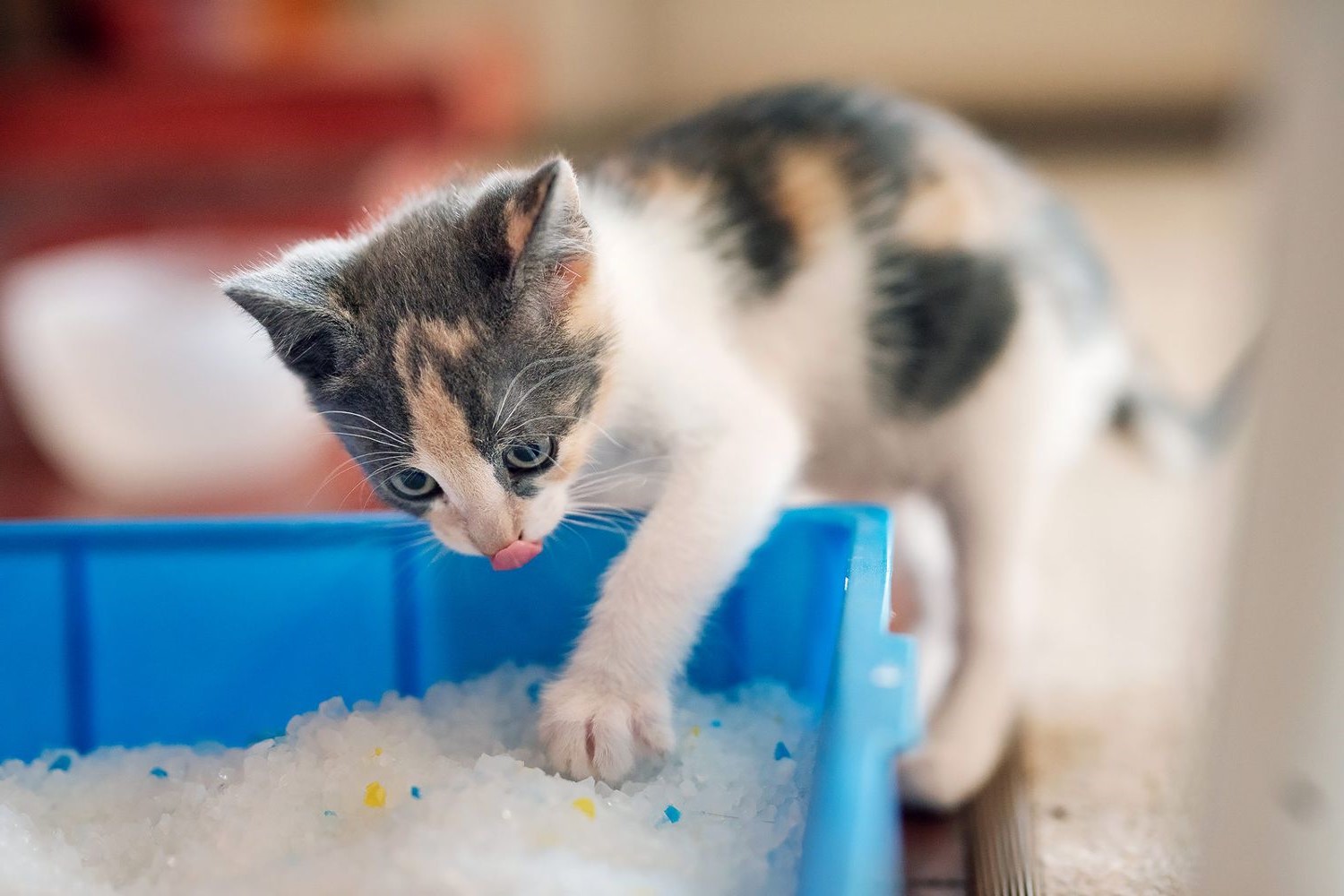

Kitchen Organizing Tools
How To Teach A Feral Cat To Use A Litter Box
Published: February 23, 2024
Learn how to teach a feral cat to use a litter box with the best kitchen organizing tools. Find effective methods and essential tips for success.
(Many of the links in this article redirect to a specific reviewed product. Your purchase of these products through affiliate links helps to generate commission for Storables.com, at no extra cost. Learn more)
Understanding Feral Cats
Feral cats, also known as wild or stray cats, are domestic cats that have had little to no contact with humans and are often wary of human interaction. These cats may have been born in the wild or have reverted to a wild state after being abandoned. Understanding the behavior and instincts of feral cats is crucial when attempting to teach them to use a litter box.
Feral cats are highly independent and have strong survival instincts. They are skilled hunters and are adept at finding food and shelter on their own. Due to their lack of socialization with humans, feral cats may exhibit fearful or defensive behaviors when approached. It's important to approach feral cats with patience and empathy, recognizing that their instincts and experiences have shaped their behavior.
When it comes to using a litter box, feral cats may not have been exposed to this concept before. In the wild, cats instinctively seek out soft, sandy, or loose soil to bury their waste. This natural behavior stems from their instinct to cover their scent from potential predators or rivals. Understanding this instinctual behavior is key to successfully introducing a litter box to a feral cat.
Feral cats are also territorial animals, and they may be accustomed to relieving themselves in outdoor areas within their territory. This behavior is a result of their instinct to mark their territory and communicate with other cats through scent. When attempting to teach a feral cat to use a litter box, it's important to consider their territorial instincts and provide a safe and secure environment where they feel comfortable and protected.
By understanding the natural behaviors and instincts of feral cats, we can approach the process of introducing a litter box with empathy and a deeper understanding of their needs. Creating a safe and nurturing environment, along with patient and gentle guidance, can help feral cats transition to using a litter box successfully.
Key Takeaways:
- Feral cats need patience and understanding when learning to use a litter box. Creating a safe, calm environment and using gentle guidance can help them transition successfully.
- It’s important to be patient and persistent when teaching feral cats to use a litter box. Celebrate small victories and maintain a calm, supportive demeanor throughout the process.
Read more: How To Teach A Cat To Use A Litter Box
Creating a Safe Environment for the Feral Cat
Creating a safe and secure environment is paramount when working with feral cats, as it sets the foundation for successful litter box training. Feral cats are accustomed to fending for themselves in the wild, and the transition to an indoor environment can be daunting for them. To facilitate a smooth adjustment and encourage the use of a litter box, it's essential to provide a safe and nurturing space for the feral cat.
Providing Shelter and Comfort
First and foremost, it's crucial to offer the feral cat a comfortable and secure shelter within the indoor environment. This can be achieved by setting up a cozy and secluded area, such as a quiet room or a designated corner, where the cat can retreat and feel safe. Providing soft bedding, such as blankets or a cat bed, can offer the feral cat a sense of security and comfort as they acclimate to their new surroundings.
Access to Food and Water
Ensuring that the feral cat has easy access to food and water is essential for their well-being and sense of security. Placing food and water bowls in the designated area allows the cat to establish a routine and feel assured that their basic needs are being met. Consistent access to nourishment and hydration can help alleviate any anxiety or stress associated with the transition to an indoor environment.
Minimizing Stress Triggers
Feral cats are sensitive to changes in their environment, and it's important to minimize potential stress triggers that may hinder their adjustment. This can involve reducing loud noises, limiting human interaction to a non-threatening level, and maintaining a calm and predictable routine. By creating a tranquil and predictable environment, the feral cat can gradually build trust and feel more at ease in their new surroundings.
Providing Hiding Spots
Feral cats are naturally cautious and may seek out hiding spots when feeling overwhelmed or anxious. Offering hiding spots, such as cardboard boxes or cozy hideaways, gives the cat the option to retreat and observe their surroundings from a safe vantage point. These hiding spots serve as a refuge where the feral cat can feel secure while they adapt to the indoor environment.
Establishing a Sense of Security
Ultimately, creating a safe environment for a feral cat involves establishing a sense of security and predictability. By addressing their basic needs, minimizing stressors, and providing comforting spaces, we can lay the groundwork for successful litter box training. This nurturing environment sets the stage for the next step in the process: introducing the feral cat to the concept of using a litter box in a safe and supportive manner.
Introducing the Litter Box to the Feral Cat
Introducing a litter box to a feral cat requires a patient and strategic approach to familiarize the cat with this new concept. Since feral cats may not have previous exposure to litter boxes, it's essential to introduce the litter box gradually and in a manner that aligns with their natural instincts.
Choosing the Right Litter Box
Selecting an appropriate litter box is the first step in the introduction process. Opt for a spacious, low-entry litter box that mimics the texture of natural soil. Feral cats are accustomed to digging and covering their waste, so a large, shallow litter box filled with unscented, clumping litter is ideal. The low entry allows easy access for the cat, promoting a sense of comfort and security.
Read more: How To Retrain A Cat To Use A Litter Box
Placement and Accessibility
Strategic placement of the litter box is crucial. Position it in a quiet and easily accessible area within the feral cat's designated space. Placing the litter box away from high-traffic areas and loud noises helps the cat feel at ease while using it. Additionally, ensuring that the litter box is easily reachable encourages the cat to explore and become familiar with its presence.
Familiarizing the Cat with the Litter Box
To familiarize the feral cat with the litter box, start by allowing them to investigate it at their own pace. Place the cat near the litter box and allow them to sniff, paw, and explore the box without any pressure. This initial introduction helps the cat become accustomed to the new object in their environment without feeling coerced.
Encouraging Natural Behaviors
As the feral cat begins to show interest in the litter box, gently guide them to the box after meals or naps. This timing aligns with their natural instincts, as cats often feel the urge to eliminate after eating or waking up. By associating the litter box with these natural behaviors, the cat begins to recognize it as a suitable location for relieving themselves.
Positive Reinforcement
Positive reinforcement plays a pivotal role in the introduction process. When the feral cat uses the litter box, offer praise and rewards to reinforce this desirable behavior. This can include verbal praise, gentle petting, or small treats. Positive associations with the litter box create a sense of accomplishment for the cat and encourage continued use.
Read more: Why Do Cats Use A Litter Box
Gradual Transition
As the feral cat becomes more comfortable with the litter box, gradually reduce the amount of outdoor access, encouraging them to rely on the litter box for their elimination needs. This gradual transition allows the cat to adapt to the new routine at their own pace, fostering a positive association with the litter box.
By introducing the litter box in a gentle and accommodating manner, we can help the feral cat acclimate to this new aspect of indoor living, setting the stage for successful litter box usage and a smoother transition to a domestic environment.
Encouraging the Feral Cat to Use the Litter Box
Encouraging a feral cat to use a litter box involves a delicate balance of patience, observation, and gentle guidance. As feral cats may have limited exposure to litter boxes, it's essential to approach this process with empathy and an understanding of their natural instincts. By employing strategic methods and positive reinforcement, we can effectively encourage the feral cat to embrace the litter box as a suitable elimination site.
Understanding the Cat's Behavior
Before initiating the encouragement process, it's crucial to observe the feral cat's behavior and routines. By understanding their patterns, such as preferred resting spots and times of activity, we can anticipate when the cat may need to relieve themselves. This insight allows us to gently guide the cat towards the litter box at opportune moments, aligning with their natural elimination instincts.
Gentle Guidance and Support
When the feral cat exhibits signs of preparing to eliminate, such as sniffing or scratching, gently guide them towards the litter box. Avoid forceful actions or loud noises, as these can startle the cat and create negative associations with the litter box. Instead, provide calm and reassuring guidance, allowing the cat to explore the litter box at their own pace.
Read more: Why Would A Cat Not Use A Litter Box?
Creating a Positive Environment
The environment surrounding the litter box plays a significant role in encouraging its use. Ensure that the designated area remains tranquil and free from stress-inducing stimuli. By maintaining a peaceful atmosphere, the feral cat can approach the litter box without feeling threatened or anxious, fostering a positive association with the elimination process.
Utilizing Scent Attractants
Incorporating scent attractants, such as catnip or pheromone-based sprays, near the litter box can pique the cat's interest and encourage exploration. These natural scents can attract the cat to the litter box, making it a more appealing and inviting space. Additionally, placing a small amount of soiled litter from outdoor areas in the litter box can help familiarize the cat with the appropriate elimination site.
Consistent Positive Reinforcement
When the feral cat successfully uses the litter box, offer immediate positive reinforcement. This can include gentle praise, soothing words, and small, nutritious treats. Positive reinforcement creates a rewarding experience for the cat, reinforcing the association between the litter box and a sense of accomplishment.
Patience and Adaptability
Every feral cat responds to encouragement at their own pace, and it's essential to remain patient and adaptable throughout the process. Some cats may require more time to adjust to the litter box, while others may embrace it more readily. By observing the cat's responses and adjusting our approach accordingly, we can effectively encourage them to consistently use the litter box.
By employing these gentle and supportive methods, we can encourage the feral cat to view the litter box as a safe and appropriate space for elimination. This gradual process allows the cat to acclimate to indoor elimination practices, fostering a smoother transition to a domestic living environment.
Read more: How To Get A New Cat To Use A Litter Box
Patience and Persistence
Patience and persistence are the cornerstones of successfully teaching a feral cat to use a litter box. When working with feral cats, it's essential to acknowledge that each cat has its own unique background, experiences, and temperament. As such, the process of acclimating a feral cat to a litter box may vary in duration and require unwavering patience.
Feral cats, by nature, are cautious and may take time to adjust to new environments and routines. It's crucial to approach the training process with a deep reservoir of patience, understanding that the cat's progress may unfold gradually. Some feral cats may readily embrace the litter box, while others may require an extended period of gentle guidance and encouragement.
Persistence is equally vital in this endeavor. Consistently providing a safe and nurturing environment, introducing the litter box with gentle guidance, and offering positive reinforcement requires unwavering dedication. It's essential to remain steadfast in the face of setbacks or challenges, recognizing that the process of teaching a feral cat to use a litter box is a journey that demands persistence and resilience.
Throughout the training process, it's important to celebrate small victories and progress, no matter how incremental. Each instance of the feral cat showing interest in the litter box, exploring its surroundings, or using the box for elimination warrants acknowledgment and encouragement. This consistent reinforcement reinforces positive associations with the litter box and fosters a sense of accomplishment for the cat.
Moreover, maintaining a calm and supportive demeanor is crucial. Feral cats are sensitive to changes in their environment and may be wary of unfamiliar stimuli. By approaching the training process with a calm and patient attitude, we can create an environment where the feral cat feels secure and at ease, facilitating their transition to using the litter box.
In essence, patience and persistence go hand in hand when teaching a feral cat to use a litter box. By embracing these qualities and remaining dedicated to the process, we can create a supportive and nurturing environment where feral cats can successfully adapt to indoor elimination practices, ultimately enhancing their well-being and quality of life.
Frequently Asked Questions about How To Teach A Feral Cat To Use A Litter Box
Was this page helpful?
At Storables.com, we guarantee accurate and reliable information. Our content, validated by Expert Board Contributors, is crafted following stringent Editorial Policies. We're committed to providing you with well-researched, expert-backed insights for all your informational needs.
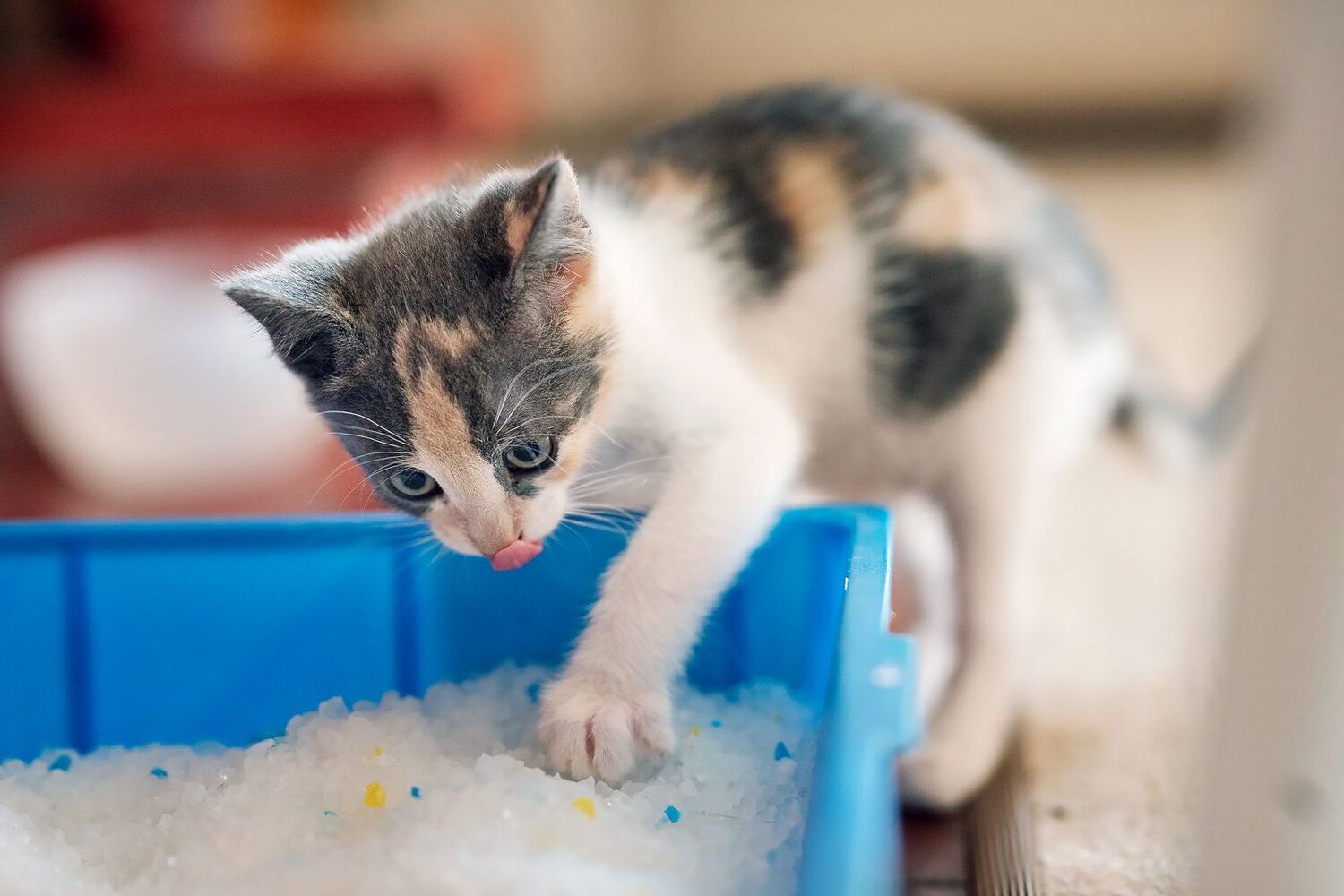
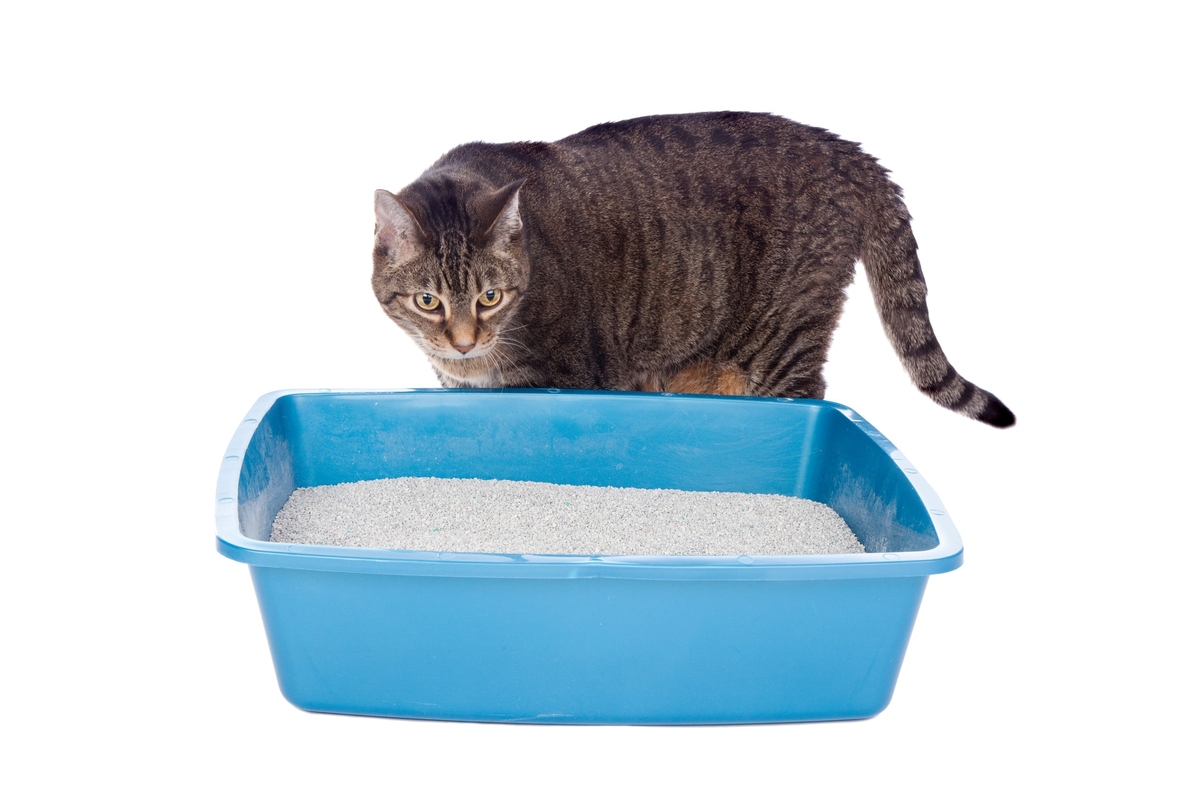
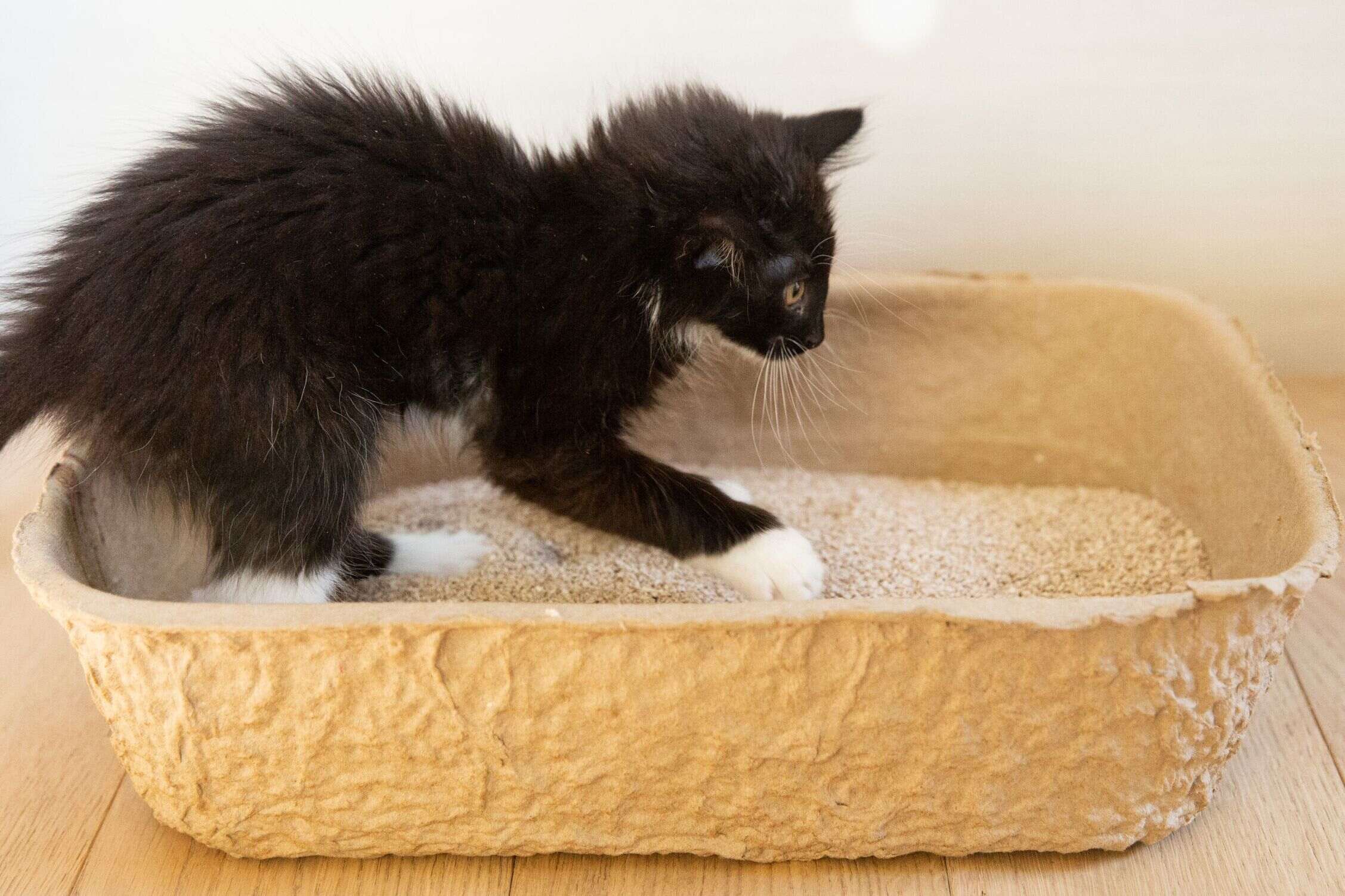
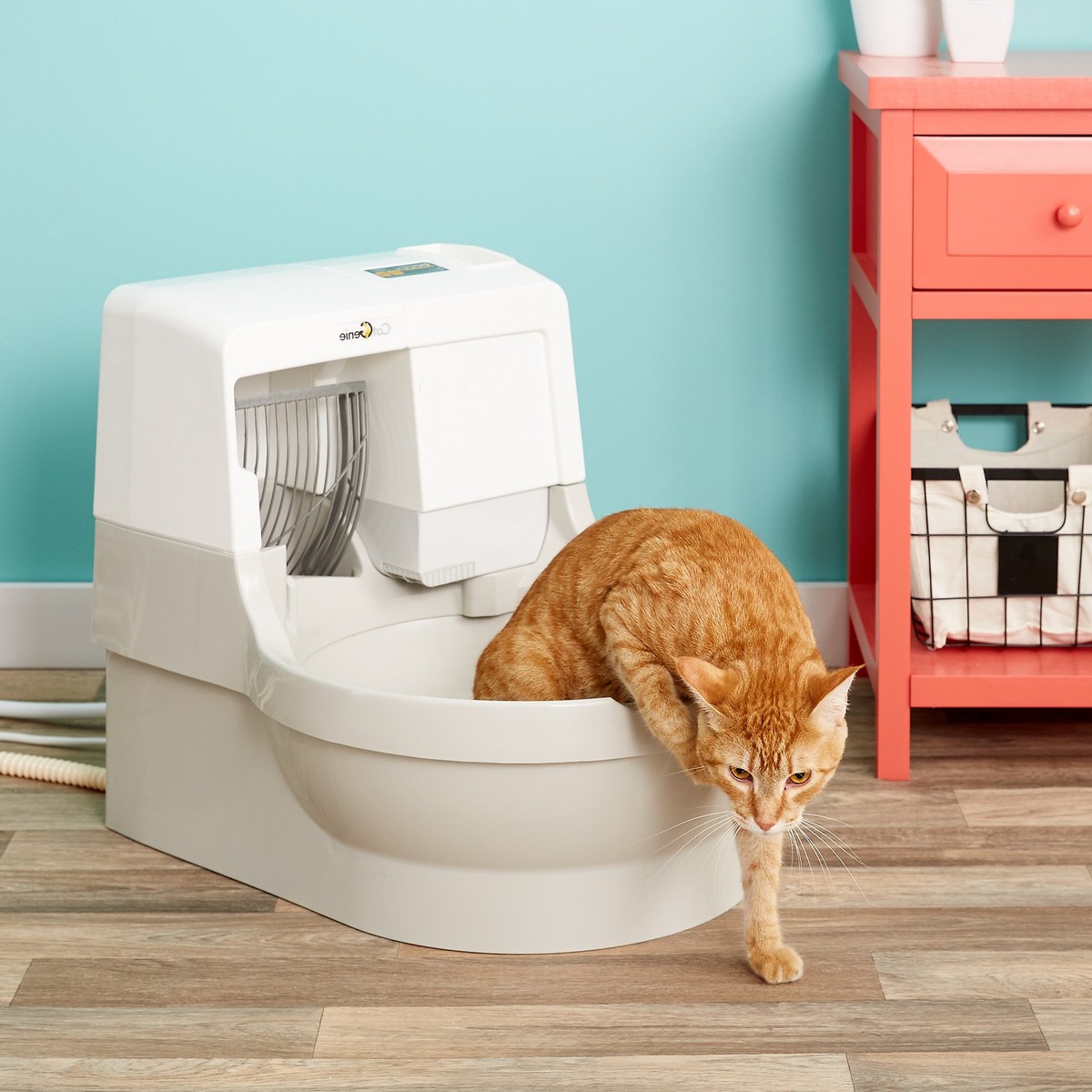
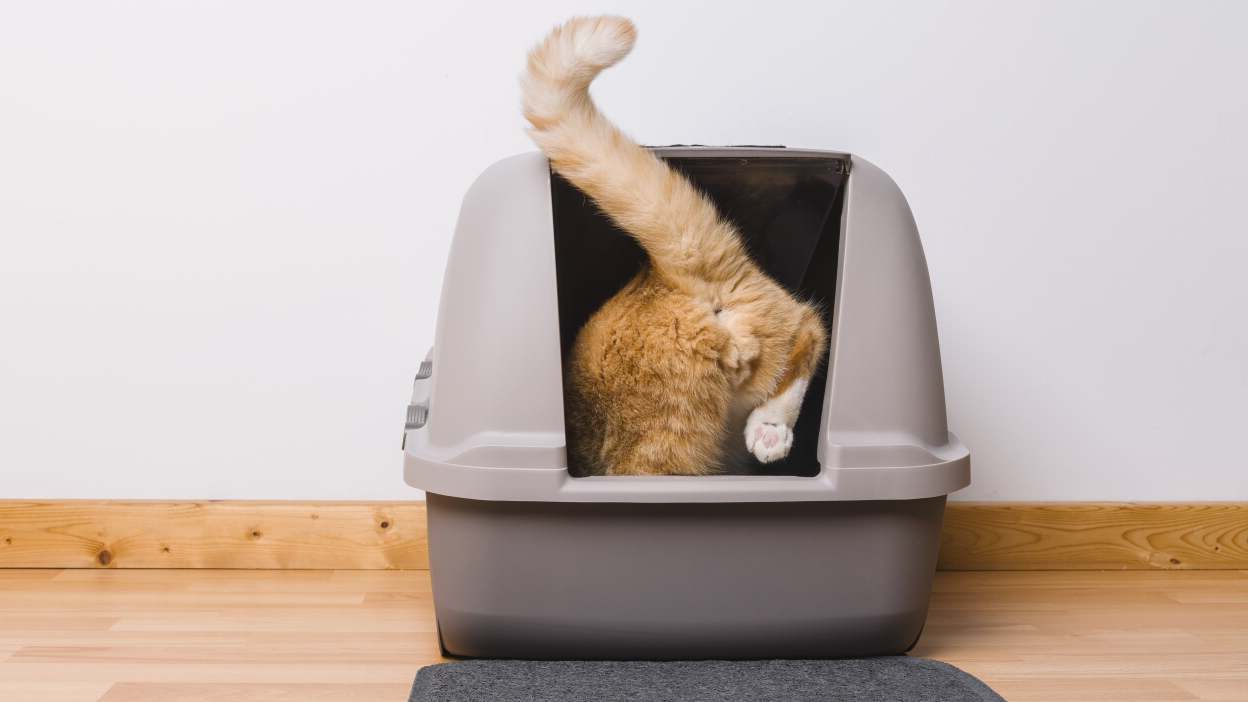
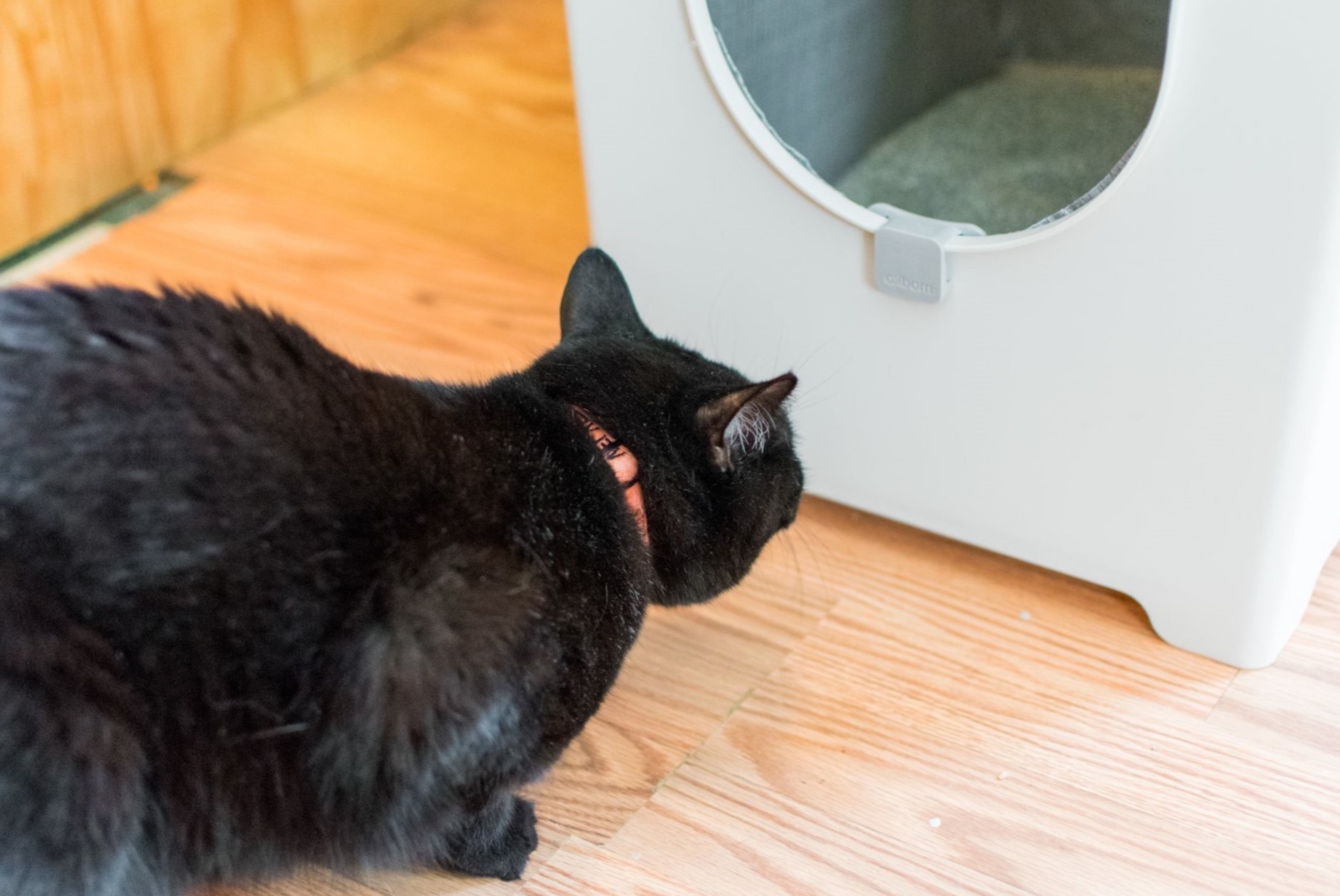
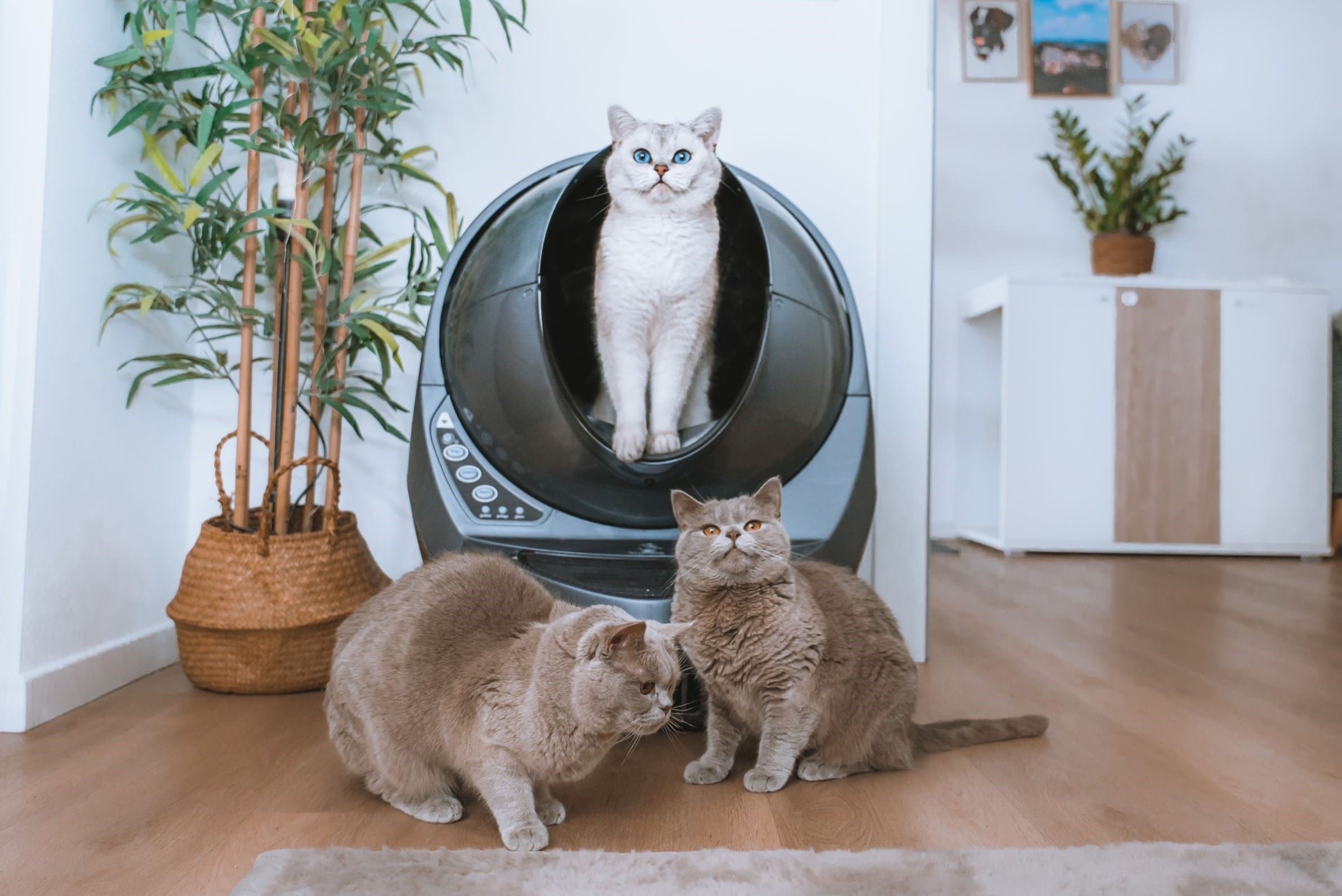
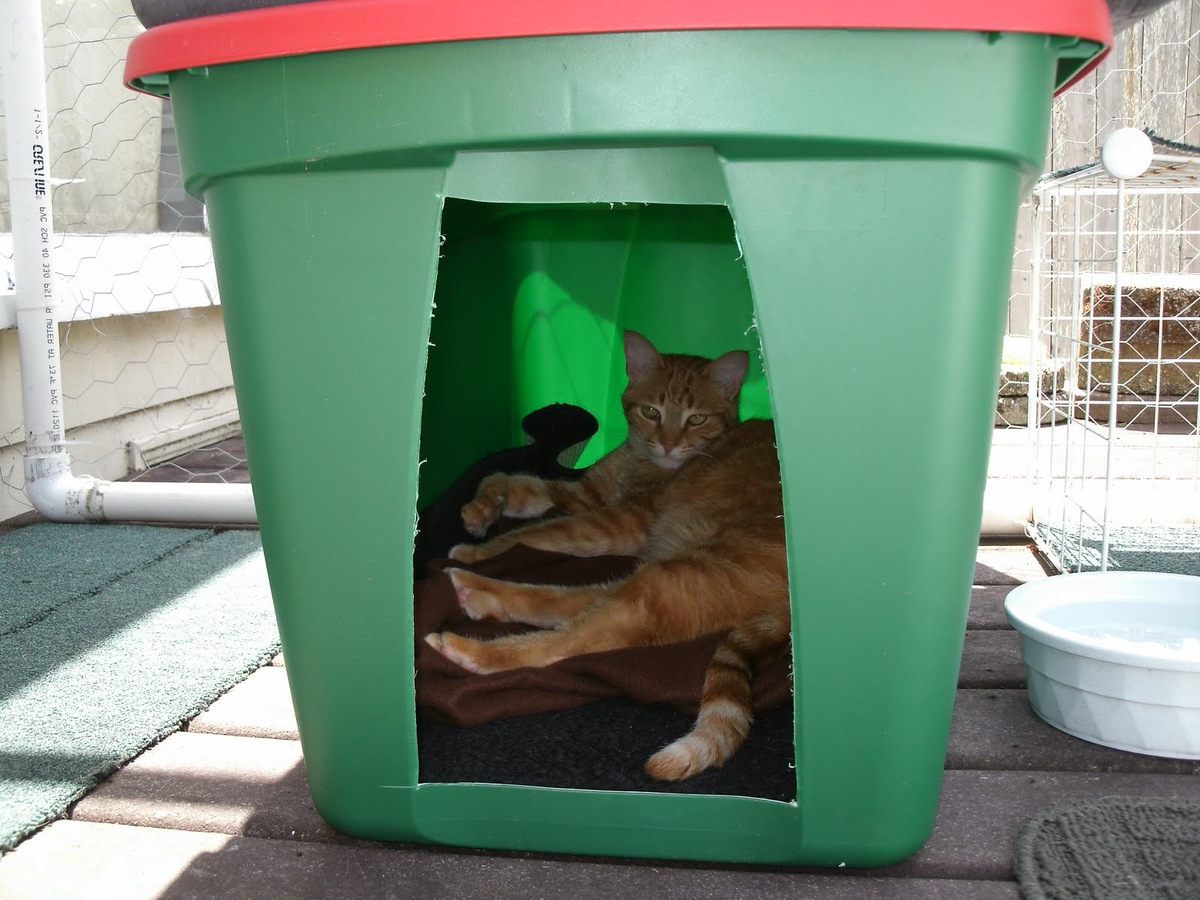
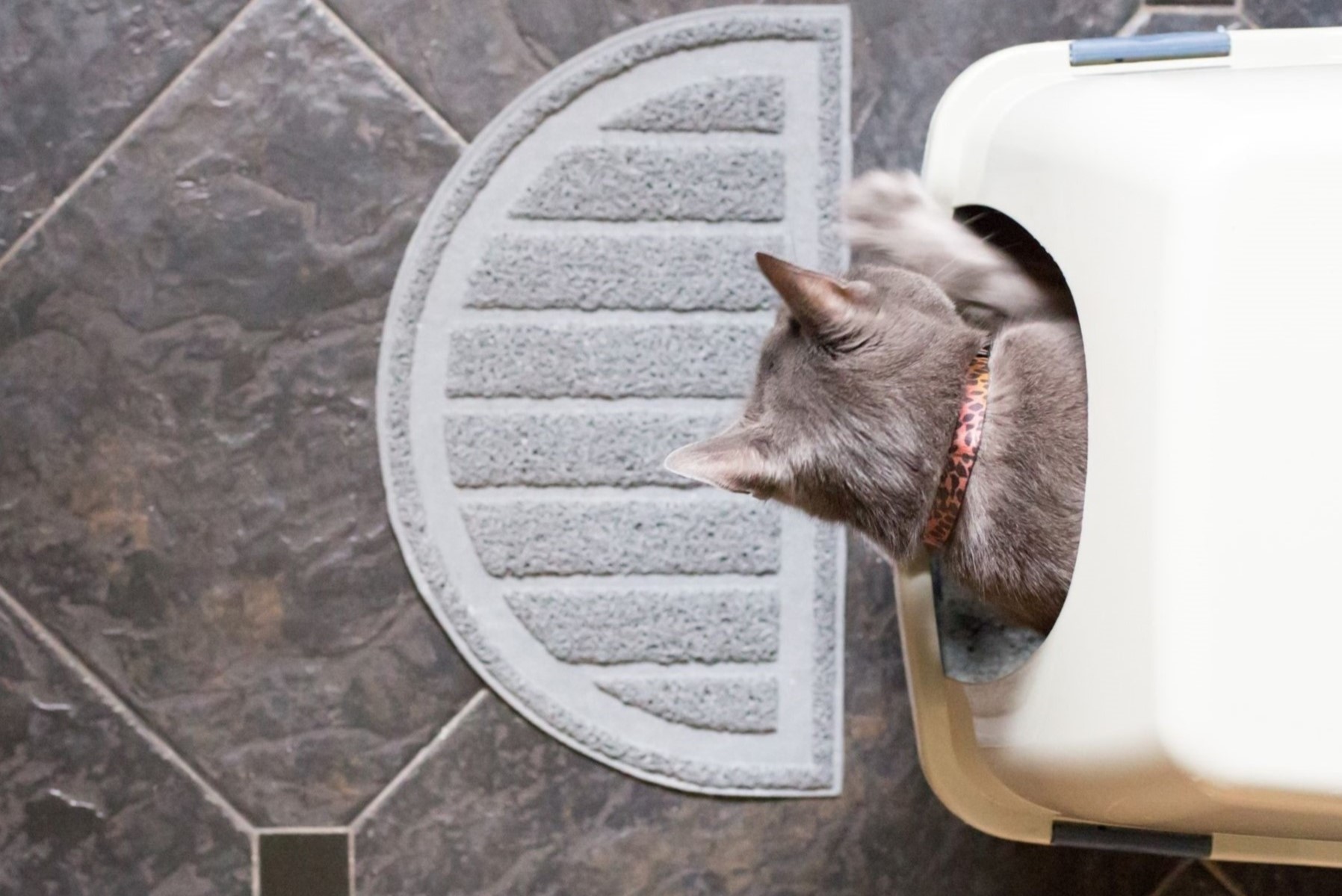
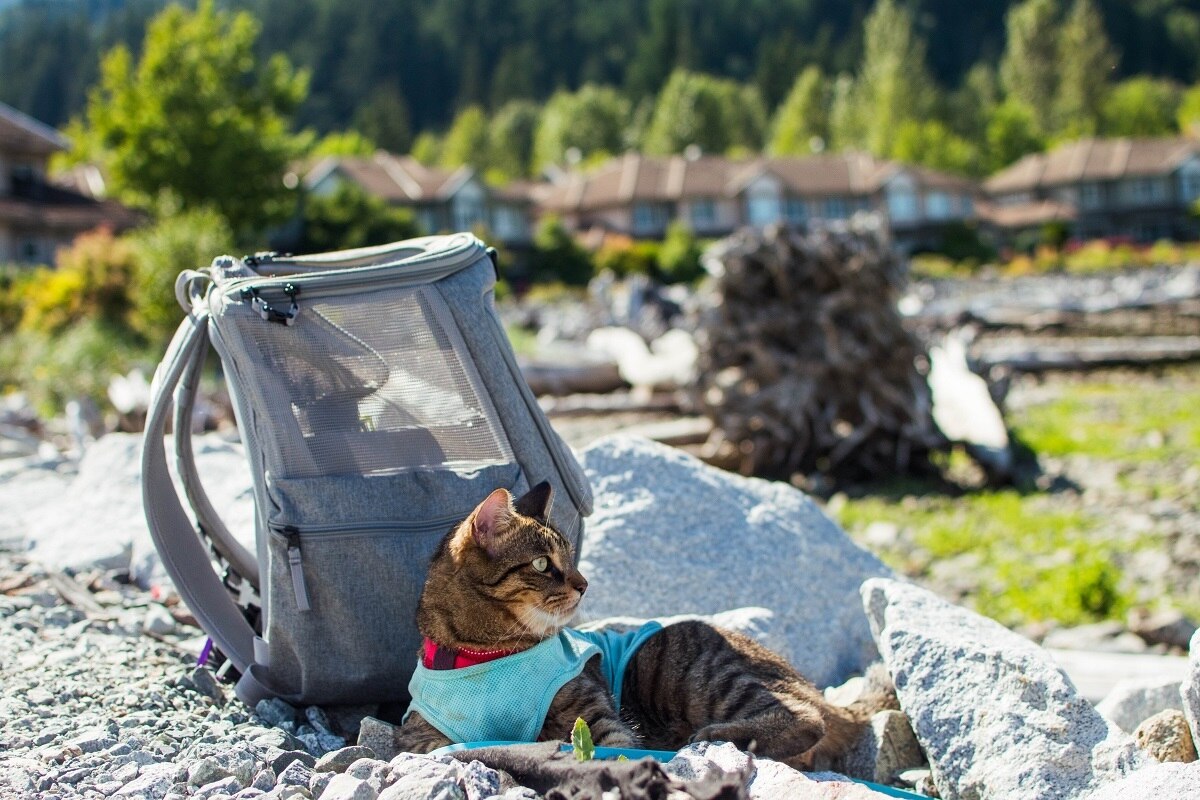

0 thoughts on “How To Teach A Feral Cat To Use A Litter Box”